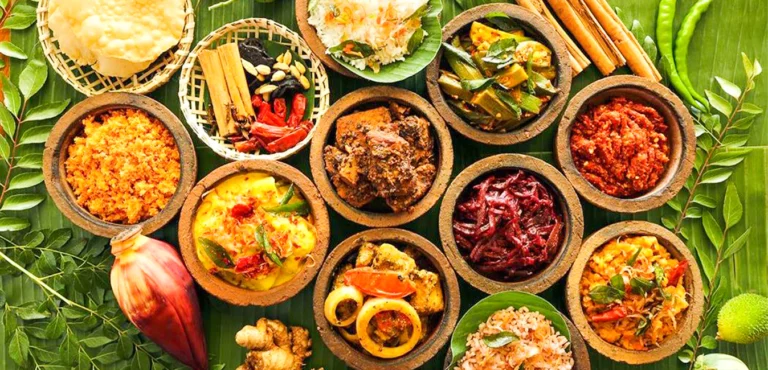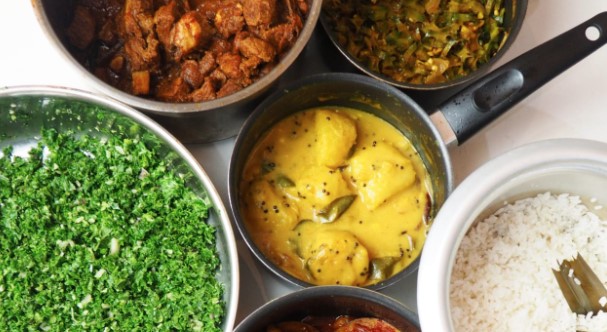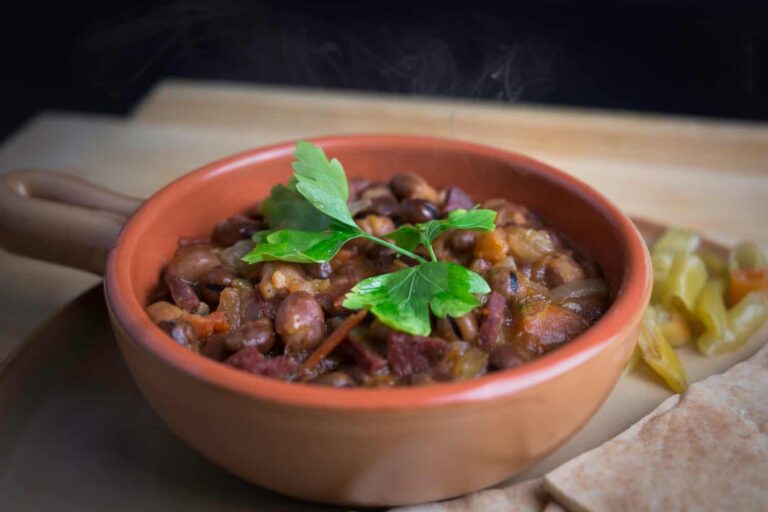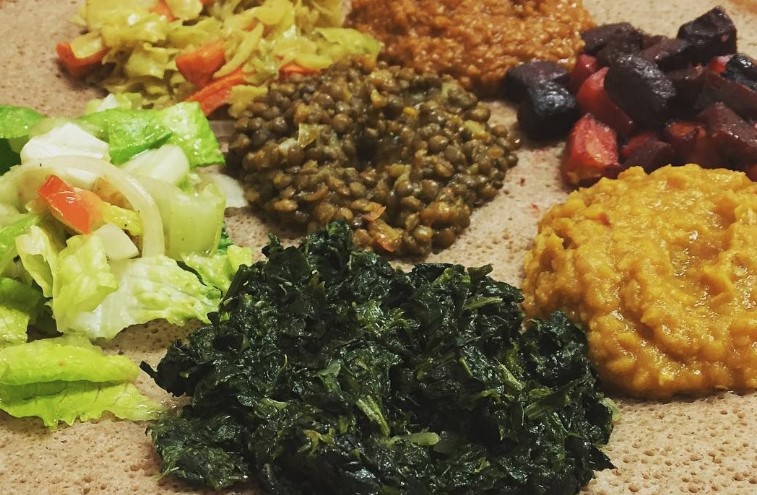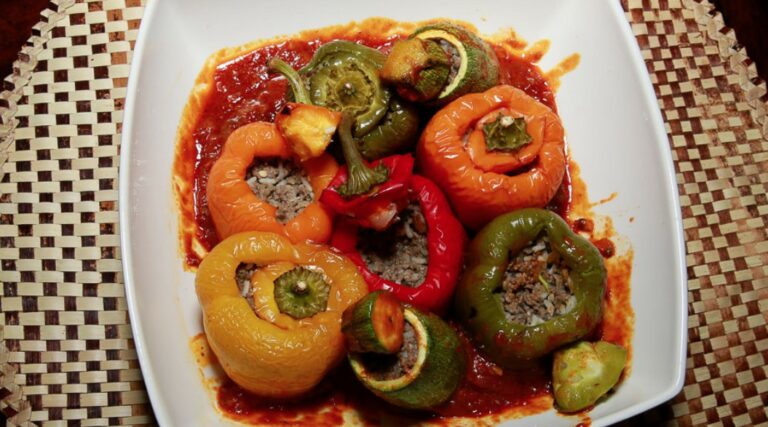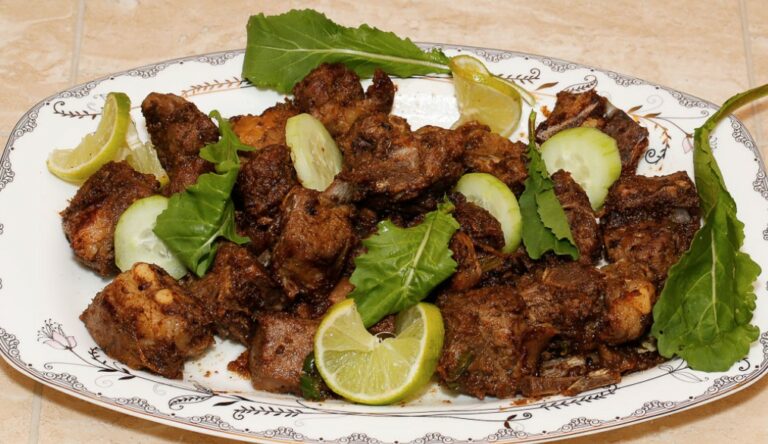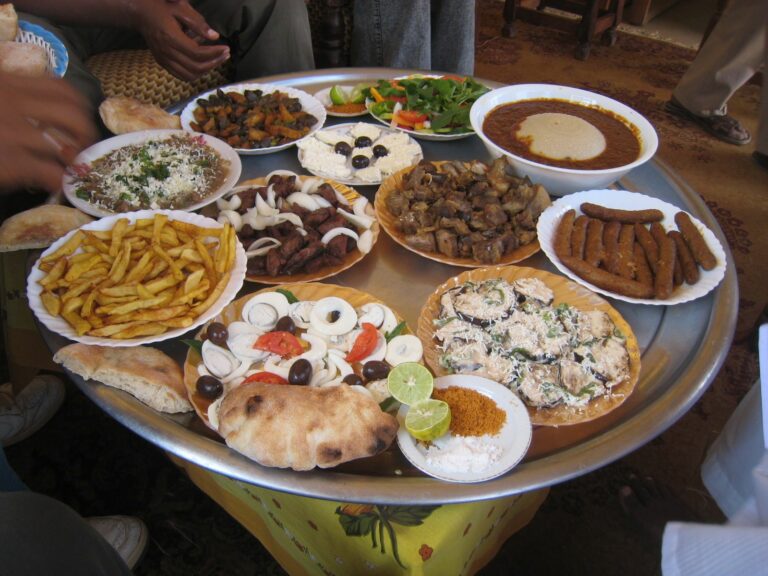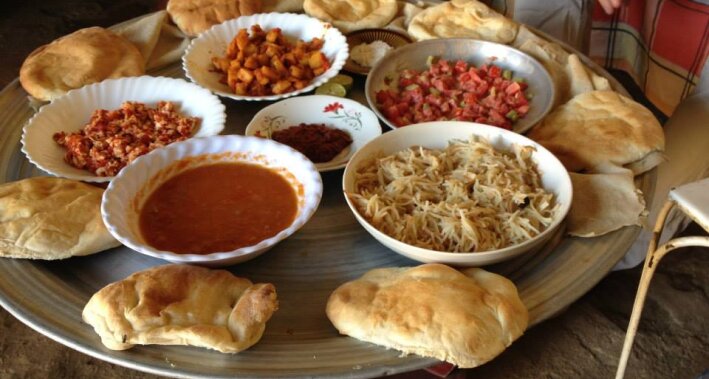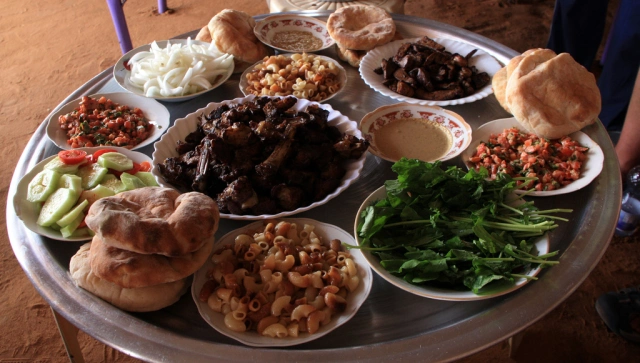Introduction: Exploring Sri Lanka’s Food Culture
Sri Lanka is a tropical paradise located in South Asia. The country is known for its rich cultural heritage, which includes its unique food culture. Sri Lankan cuisine is a fusion of local ingredients, spices, and cooking techniques that have been influenced by various ethnic and religious groups. With a mix of flavors and textures, Sri Lankan food is a true delight for the taste buds.
Understanding Local Food Customs in Sri Lanka
Sri Lankan food customs are deeply rooted in traditions and cultural beliefs. Sri Lankans believe that food should not only be delicious but also bring health and well-being. Rice and curry is the staple food in Sri Lanka, and most meals consist of a variety of dishes served with rice. It is customary to serve guests with hospitality and generosity, and food is often shared among family members and guests.
Sri Lankan Dining Etiquettes You Should Know
When dining in Sri Lanka, it is important to follow certain etiquettes. It is customary to remove your shoes when entering a home or a temple, and you should wash your hands before and after a meal. When serving food, the youngest person in the room usually serves the oldest person first. It is also considered to be polite to wait for the host to start eating before beginning your meal.
Eating with Your Hands: Cultural Significance
In Sri Lanka, eating with your hands is a cultural tradition that dates back centuries. It is believed that eating with your hands promotes a deeper connection between the food and the person eating it. When eating with your hands, you should always use your right hand, as the left hand is considered unclean in Sri Lankan culture. It is also considered to be polite to only use your fingertips and not the entire hand.
Spices and Flavors: The Heart of Sri Lankan Cuisine
Spices and flavors are at the heart of Sri Lankan cuisine. Sri Lankan food is known for its bold flavors and use of spices such as cinnamon, cardamom, and turmeric. Coconut milk is another key ingredient in Sri Lankan cuisine, and it is used to add creaminess to curries and other dishes. Sri Lankan food is also known for its fiery spice levels, which can vary from mild to extremely hot.
Conclusion: Embracing Sri Lanka’s Food Culture
Sri Lanka’s food culture is a unique blend of traditions, flavors, and spices that are sure to tantalize your taste buds. By understanding local food customs and dining etiquettes, you can fully immerse yourself in Sri Lanka’s culinary delights. So, the next time you visit Sri Lanka, be sure to embrace its food culture and try something new.

